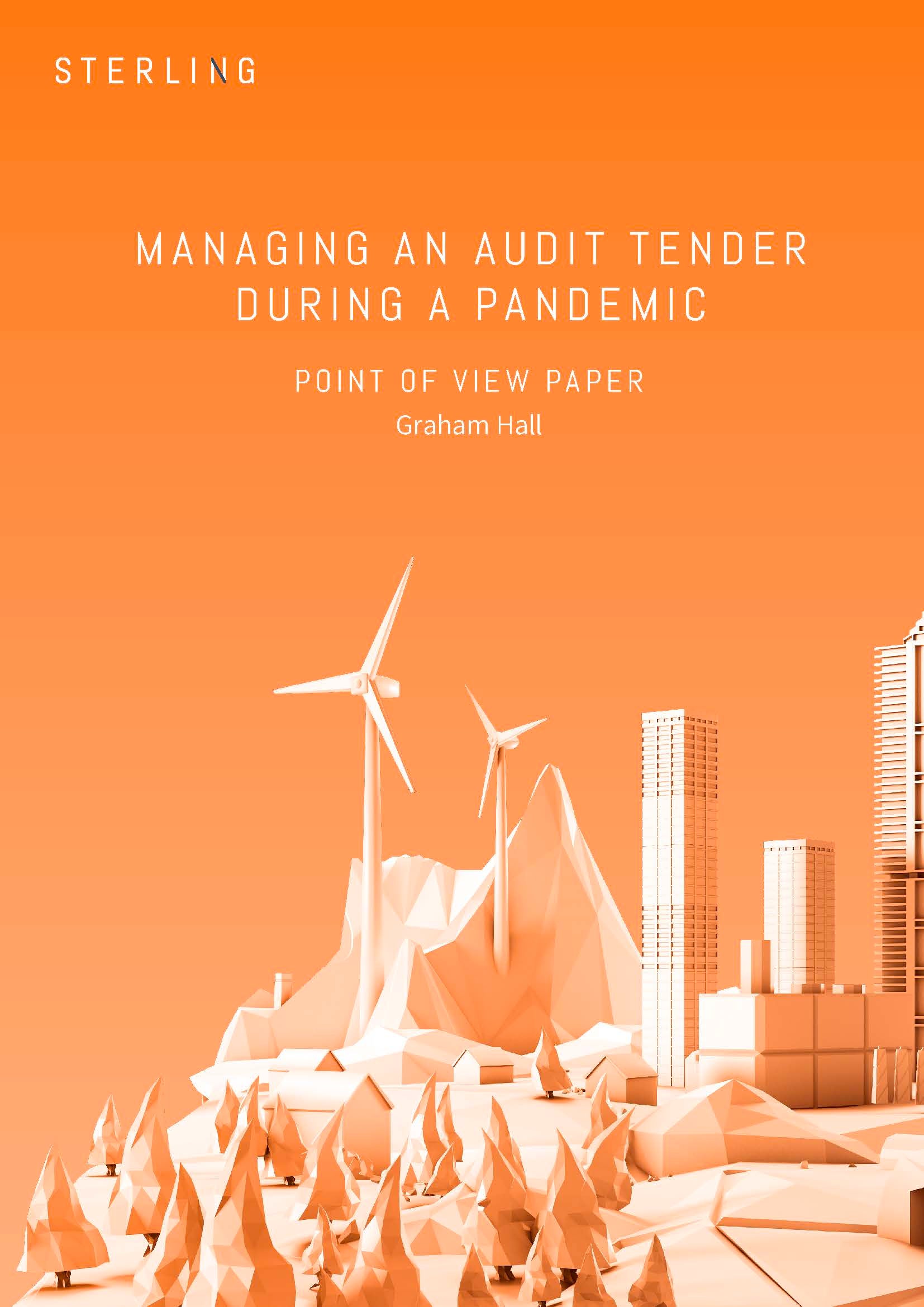
To ensure compliance with legislation as well as a robust, efficient and ultimately successful process, companies putting their audit out to tender should follow these tried and tested steps.
Companies listed on regulated markets, credit institutions and insurance undertakings (known as Public Interest Entities or PIEs), in the UK and EU are required by law to conduct a competitive audit tender process every ten years.
However, given the importance of a high-quality audit, companies or groups of companies that are not PIEs may also decide that it is in their best interests to put their audit out to tender. Many companies are unprepared for the challenges of managing an audit tender, which can be an unfamiliar experience for the individuals who are responsible and accountable for the success of the process.
It is usually a company’s Audit Committee that is accountable for the audit tender process. The tendering of an audit should therefore be on the Audit Committee’s forward agenda – appropriate planning is critical for the success of the process.
PIE legislation with respect to audit tenders
The legislation contains specific requirements for PIE audit committees in respect of tender processes, including:
- The tender must be open to a minimum of two firms that fulfil the Audit Committee’s desired criteria in terms of size, experience, and independence; the tender process cannot preclude the participation of non- “Big 4” firms.
- Firms must carry out the process in a transparent and non-discriminatory fashion.
- The audit tender Request for Proposal (RFP) must state the size, scope and details of the audited company’s requirements and documentation supplied to tendering firms should be comprehensive so that the recipients can gain a full and transparent understanding of the businesses of the entity to be audited.
- The responses received from audit firms invited to tender should be assessed against a preselected and predefined set of criteria to ensure unbiased evaluations.
- A report on the conclusions of the selection procedure should be prepared and validated by the Audit Committee.
- The Audit Committee should present two possible audit firm options to the Board, together with a justified recommendation for one firm and the full reasoning behind its recommendation.
- The Audit Committee should compile and can present on-demand a full set of documentation that describes the process followed and the evaluation of each audit firm, to demonstrate a balanced and fair selection process.
Plan for success
The single most important thing the audit committee must do at the outset of this process is to create a plan for the audit tender: the who, what, when, where and why. This will allow for a controlled and time-limited tender process that will follow an anticipated number of steps within a stated period.
This plan should be shared with the audit firms invited to tender so they are aware of the project’s constraints related to how long each step is anticipated to take. Issues can arise if the tendering firms’ processes are not aligned with the overall plan. These may include:
- Timeliness of the project’s deadlines can slip.
- Information, not comprehensively provided to all, can create bottlenecks.
- Company executives may need to perform extra work to cover for insufficiently clear information provided to tendering firms.
The project’s timetable and strict adherence to its timelines are also critical to ensure tasks are completed on schedule, otherwise there may be unacceptable cost overruns. The tender timetable will depend on several factors, including:
- The process selected.
- The number of firms invited.
- Availability of senior corporate personnel.
- Timings of existing Board and Audit Committee meetings.
Project manage the audit tender process
Another key task for a successful audit tender process is appointing an overall person in charge in the shape of a project manager (PM) who will be the conduit through whom all information and tasks flow both ways. The PM should be given clearly defined parameters to ensure the smooth operation of the tender.
The PM responsibilities could include:
- Managing documentation of all objectives.
- Clearly defining the scope of work on offer to prospective firms.
- Preparing a master document of all information and materials pertaining to the tender for the firms.
- Defining, as part of the tender process, a timetable that will apply to both company executives and tendering firm’s personnel.
- Being mindful that whilst it is for the Audit Committee to propose the preferred audit firm to the Board, it is crucial that the people on the ground who will work closely with the auditors in the future on a daily basis during the audit cycle are also party to the recommendations of the Audit Committee.
- Being aware of the availability of the company’s C-Suite personnel.
- Deciding on the composition of the selection panel.
- Documenting the decision-making process and criteria that will be followed.
- Writing a scope for the format of the written proposals and oral presentations.
- Being available to all concerned parties on both sides of the tender.
- Preparing a final report on the full breadth of the tender process for the Audit Committee.
How audit tenders are developed
Tenders traditionally follow a standard structure where selected firms are invited to tender. The invitation includes information on the company’s requirements and asks whether the firms can deliver against them. Once a firm responds positively, it will arrange site visits to understand the company’s requirements and deliverables.
The firms will then present their proposals for the company to evaluate. Selected firms are then invited to present their proposal and key members of their teams to a panel of company executives and often other key Finance personnel. Following this session, time should be allocated for a full and frank Q&A. The company’s Audit Committee selects the preferred firm for the audit engagement based on previously defined criteria.
After the tender process is over, it is advisable that the company make itself available and engage fully to provide feedback to the other firms involved in the tender. All parties will benefit from the lessons learned and a relationship can be maintained for future collaborations.
Technology tools for managing an audit tender
Given the legislative and best practice requirements of an audit tender process, use of a virtual data room has become an essential tool for managing an audit tender. A virtual data room provides a solution that can ensure efficient and simultaneous sharing of large amounts of confidential information with all parties; collaboration tools such as online Q&A, automated redaction and multi-language translation; the ability to maintain control over the rights of recipients to access information; ensuring that reporting, regulatory and risk management requirements are met; and maintaining confidentiality, security and compliance across international borders and jurisdictions.
Sterling Technology’s virtual data room platform was used to manage the audit tender process for the world’s largest food and beverage company, spanning 750 entities in 180 countries. The Sterling solution for audit tenders is one that has evolved and been designed with input, evaluation and testing from audit industry professionals with decades of experience.
For more information on how Sterling Technology can support your audit tender process or to contact us, please visit Sterling Technology



